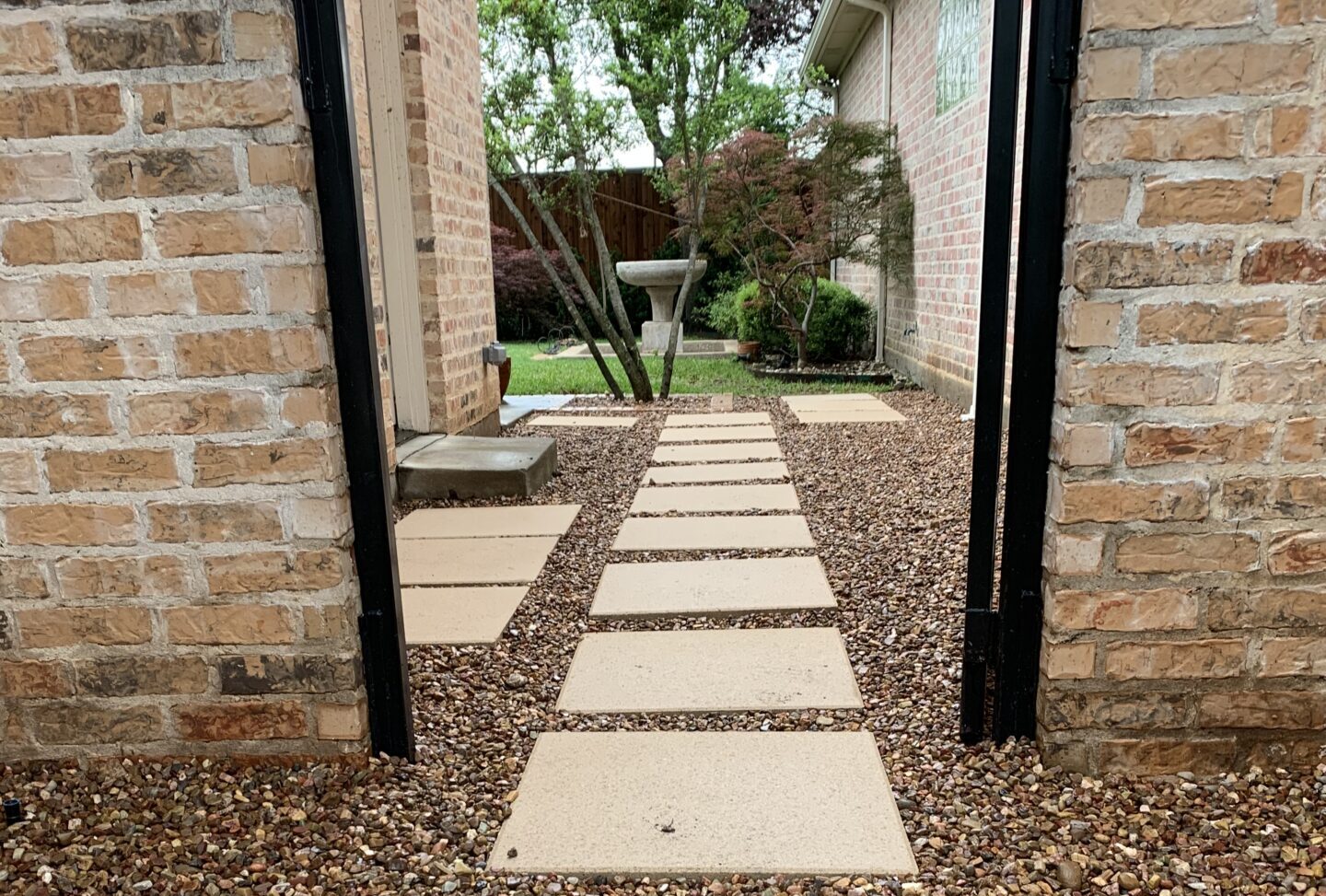How to Maintain Your Cedar Fence in Texas: Expert Tips for Long-Lasting Beauty
A cedar fence adds timeless beauty and natural charm to any Texas property. But between the blazing sun, unpredictable storms, and humidity swings, your cedar fence takes a beating year-round. With a little care and maintenance, though, you can keep your fence looking great and structurally sound for decades.
Here’s how to maintain your cedar fence in Texas’s tough climate.
1. Start with a Quality Installation
Before you even think about maintenance, proper installation is key. Make sure your fence posts are set in concrete and that the boards don’t touch the ground. Direct soil contact traps moisture, leading to rot—especially in humid Texas areas.
2. Clean Your Fence Annually
Once a year, give your fence a good cleaning to remove dirt, mildew, and pollen buildup.
-
Mix a simple cleaning solution: one part bleach to three parts water (or use a wood-safe cleaner).
-
Apply it with a pump sprayer or soft brush.
-
Rinse thoroughly with a garden hose (avoid high-pressure washing, which can strip the wood).
Cleaning helps restore cedar’s warm tone and prevents mold growth.
3. Apply a UV-Protective Sealer or Stain
The Texas sun is powerful. Without protection, cedar will fade to a silvery gray. Applying a UV-blocking stain or sealer every 2–3 years helps preserve the rich color and protect against cracking and warping.
-
Semi-transparent stains let the wood grain show through while still providing sun and moisture protection.
-
Avoid clear sealers—they break down faster under intense sunlight.
Pro tip: Apply the sealer in spring or early fall when temperatures are moderate and humidity is lower.
4. Inspect for Damage Regularly
At least twice a year, walk your fence line and look for:
-
Loose nails or screws
-
Warped or cracked boards
-
Rotting posts or rails
-
Signs of termites or carpenter ants
Catching issues early prevents bigger repairs later. Replace damaged boards promptly and re-secure loose hardware.
5. Trim Vegetation Away
Overgrown plants trap moisture against the fence, which can cause mold and rot. Keep grass, vines, and shrubs trimmed back at least a few inches from the wood. This allows airflow and helps the fence dry quickly after rain.
6. Avoid Sprinkler Over-Spray
If you have an irrigation system, make sure sprinkler heads aren’t soaking the fence. Constant water exposure can lead to discoloration and rot—especially along the lower boards.
7. Re-Stain When the Water Test Fails
Wondering when to re-stain your cedar fence? Try the water test: sprinkle a few drops of water on the surface. If they bead up, your stain is still doing its job. If they soak in, it’s time for a fresh coat.
8. Protect Against Termites
Cedar is naturally insect-resistant, but not immune. For extra protection:
-
Keep soil and mulch from touching the fence base.
-
Apply a borate-based wood preservative if termites are common in your area.
-
Have regular pest inspections if your home or yard has had termite issues.
Final Thoughts
Texas weather can be harsh, but cedar is one of the best woods for outdoor fences thanks to its natural oils and durability. With the right maintenance routine—cleaning, sealing, and quick repairs—you’ll enjoy your cedar fence’s beauty for many years to come.















